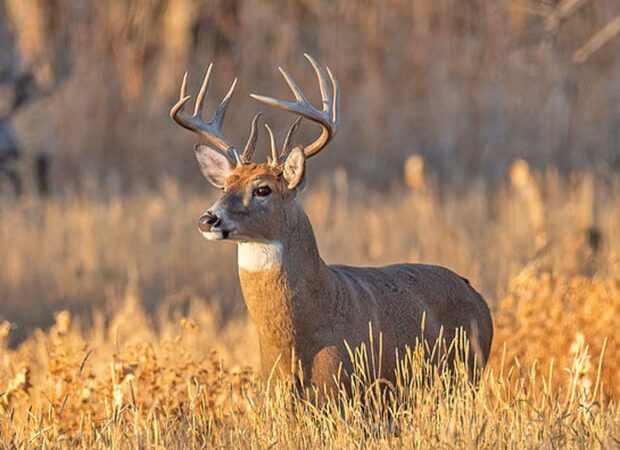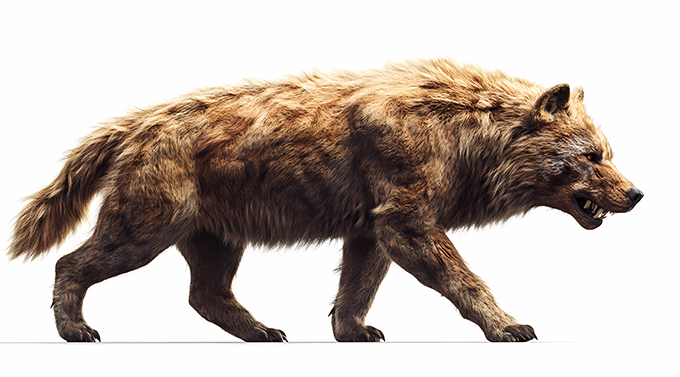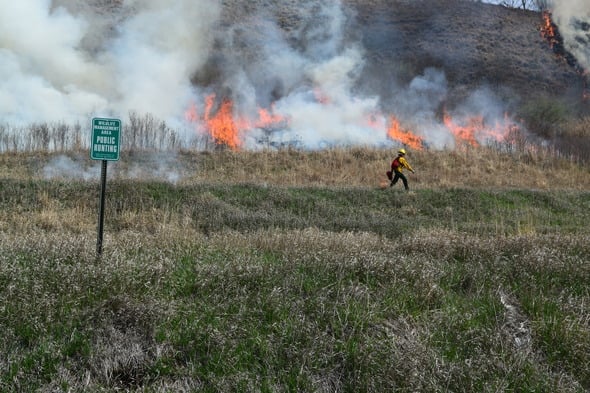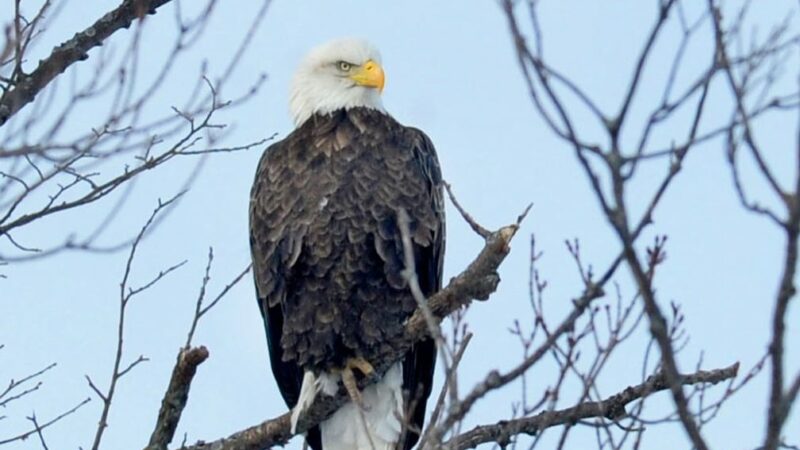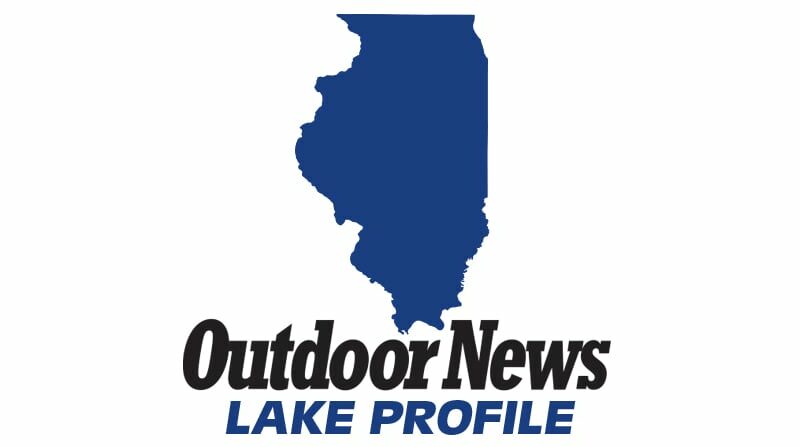Wisconsin DNR confirms first positive case of CWD in wild deer from Chippewa County – Outdoor News
Madison, Wis. – The Wisconsin Department of Natural Resources (DNR) on Wednesday confirmed the first positive test result for chronic wasting disease (CWD) in a wild deer in Chippewa County.
The deer was a hunter-harvested 1-year-old buck that was harvested within 10 miles of the Barron and Dunn County borders.
This detection will cause the following:
- Chippewa County will renew a 3-year baiting and feeding ban already in place.
- Barron County will renew a 2-year baiting and feeding ban already in place.
- Dunn County currently has a 3-year baiting and feeding ban in place for positive detections within the county, so this detection will not impact Dunn County.
MORE WHITETAIL COVERAGE FROM WISCONSIN OUTDOOR NEWS:
Dean Bortz: 2,347 miles, a blown tire, and one white-tailed buck
Kroening’s next court date in Wisconsin poaching case set for Feb. 12
Patrick Durkin: CWD, sick deer, bones all common in SW Wisconsin
The DNR and the Chippewa County Deer Advisory Council are hosting a public meeting on Feb. 6, 2025, at 6:30 p.m. At the meeting, DNR staff will provide information about CWD in Wisconsin and local testing efforts within Chippewa County.
CWD is a fatal, infectious nervous system disease of deer, moose, elk and reindeer/caribou. It belongs to the family of diseases known as transmissible spongiform encephalopathies (TSEs) or prion diseases. The DNR began monitoring the state’s wild white-tailed deer population for CWD in 1999. The first positives were found in 2002.
State law requires that the DNR enact a three-year baiting and feeding ban in counties where CWD has been detected, as well as a two-year ban in adjoining counties within 10 miles of a CWD detection. If additional CWD cases are found during the lifetime of a baiting and feeding ban, the ban will renew for an additional two or three years.
Baiting or feeding deer encourages them to congregate unnaturally around a shared food source where infected deer can spread CWD through direct contact with healthy deer or indirectly by leaving behind infectious prions in their saliva, blood, feces and urine.
More information regarding baiting and feeding regulations is available on the DNR’s Baiting and Feeding webpage.
More general information about CWD can be found on the DNR’s CWD webpage.
MEETING DETAILS
What: Public Meeting On CWD In Wisconsin And Chippewa County Testing Efforts
When: Feb. 6, 2025, at 6:30 p.m.
Where: Chippewa County Courthouse, Room 003
711 N Bridge Street
Chippewa Falls, WI 54729


